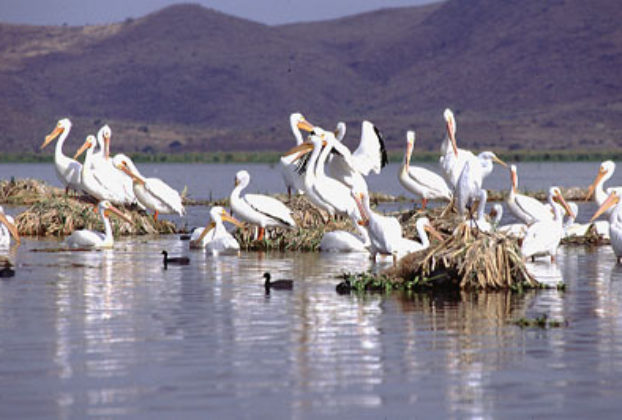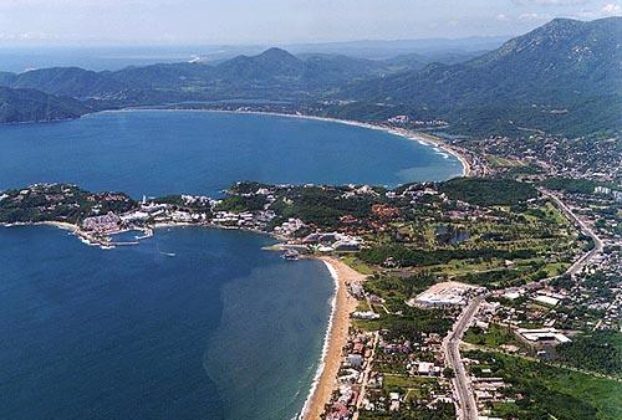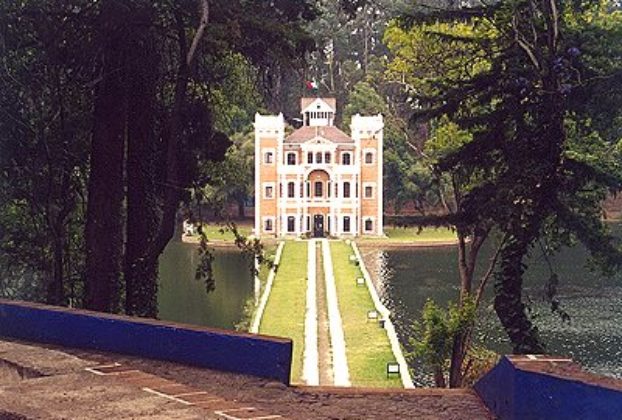Did you know? Mexico was once the world’s major source of pearls
This month’s Did You Know column highlights the pearl, the beautiful birthstone associated with the month of June. The history of pearl collecting in Mexico goes back a very long way. When Spanish explorers sailed into the Sea of Cortés (Gulf of California) in the early 1530s they encountered Pericú Indians wearing necklaces strung with red […]
Continue Reading


